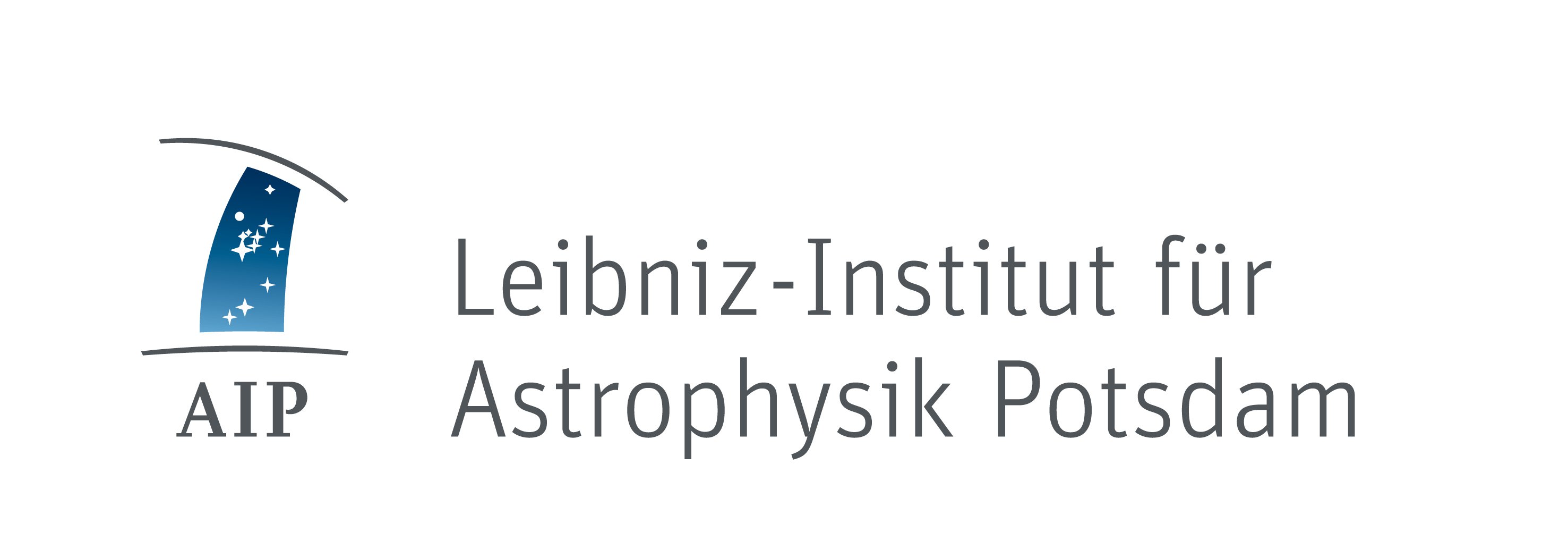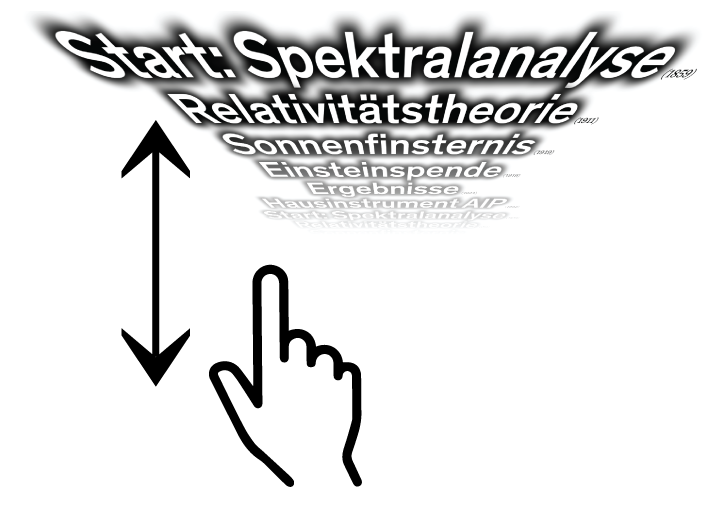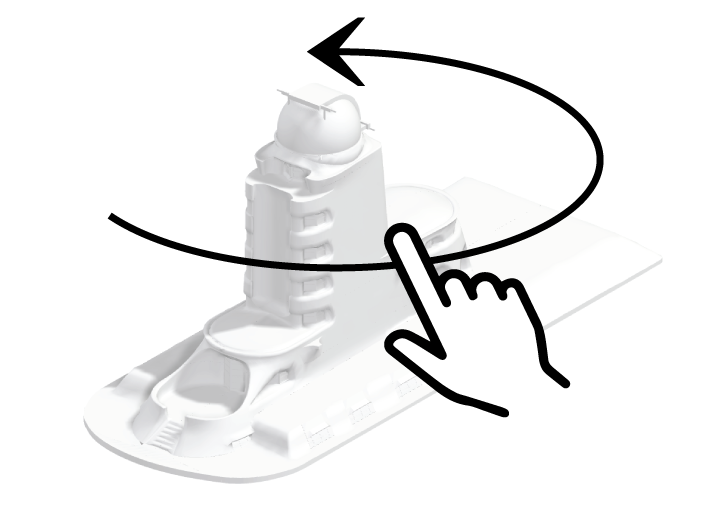In 1942 the tower was camouflaged with a mottle of dark green and brownish paint so that it would not present a target to aerial attacks. On 14 April 1945 an aerial mine exploded right next to the tower. A fire broke out and was extinguished by one of the staff from the AOPAstrophysical Observatory Potsdam (AOP): Founded in 1874 to conduct systematic research into the chemical composition and physical states of celestial bodies using the newly discovered method of spectral analysis. The main building on the Telegrafenberg hill in Potsdam was completed in 1879. After the Second World War, it was taken over by the German Academy of Sciences in Berlin and turned into the Central Institute for Astrophysics of the GDR in 1969. Predecessor of the Leibniz Institute for Astrophysics Potsdam (AIP). who spent the night in the tower during air raids. The blast wave from the bomb also caused damage, and two-thirds of the dome was destroyed. The window stiles were torn out and holes were left in the terrace and on the north side of the tower. The electrical cabling was damaged. However, the tower’s structural engineering withstood the blast wave, as confirmed by the survey that was carried out in 1995 prior to the major repair work.
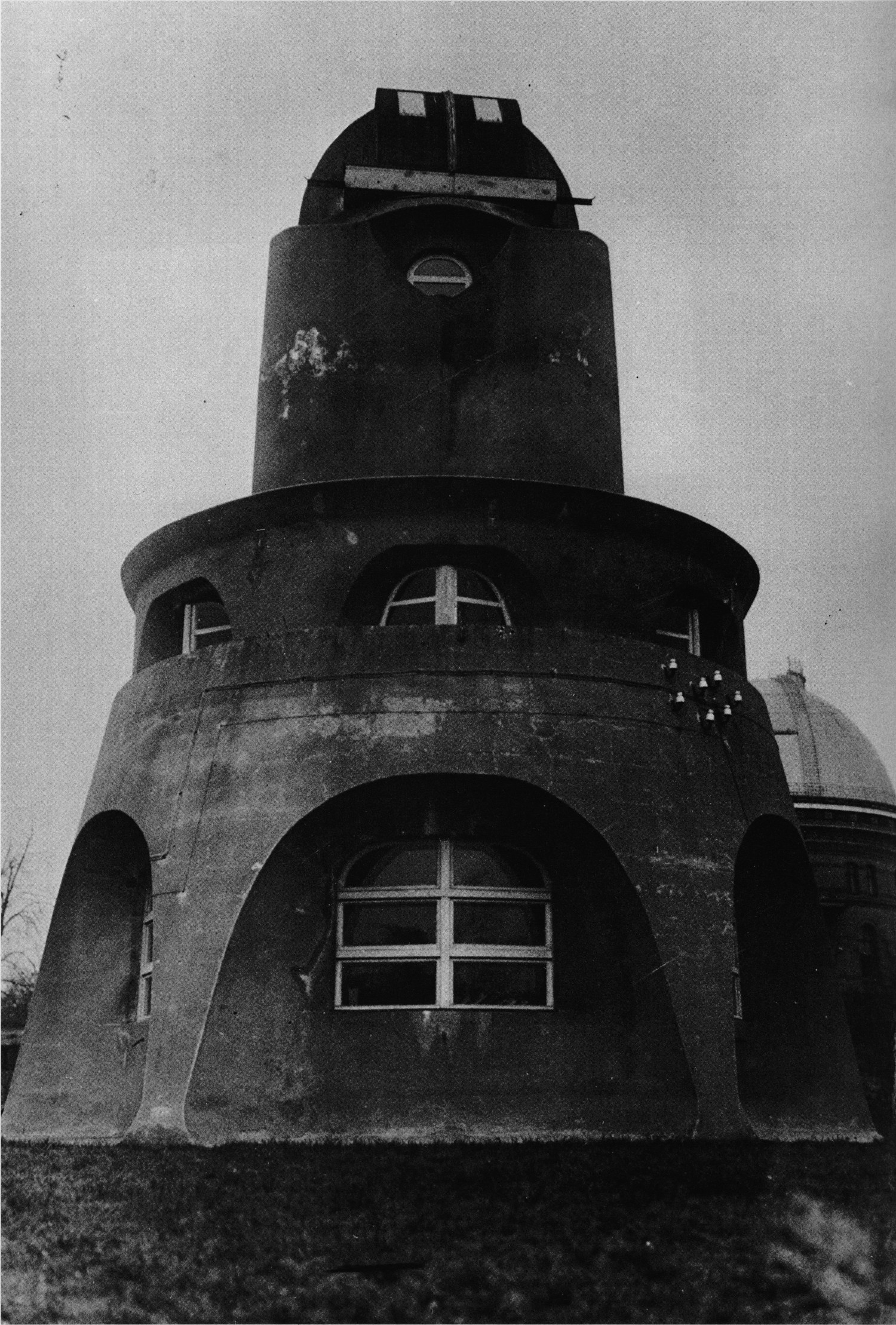
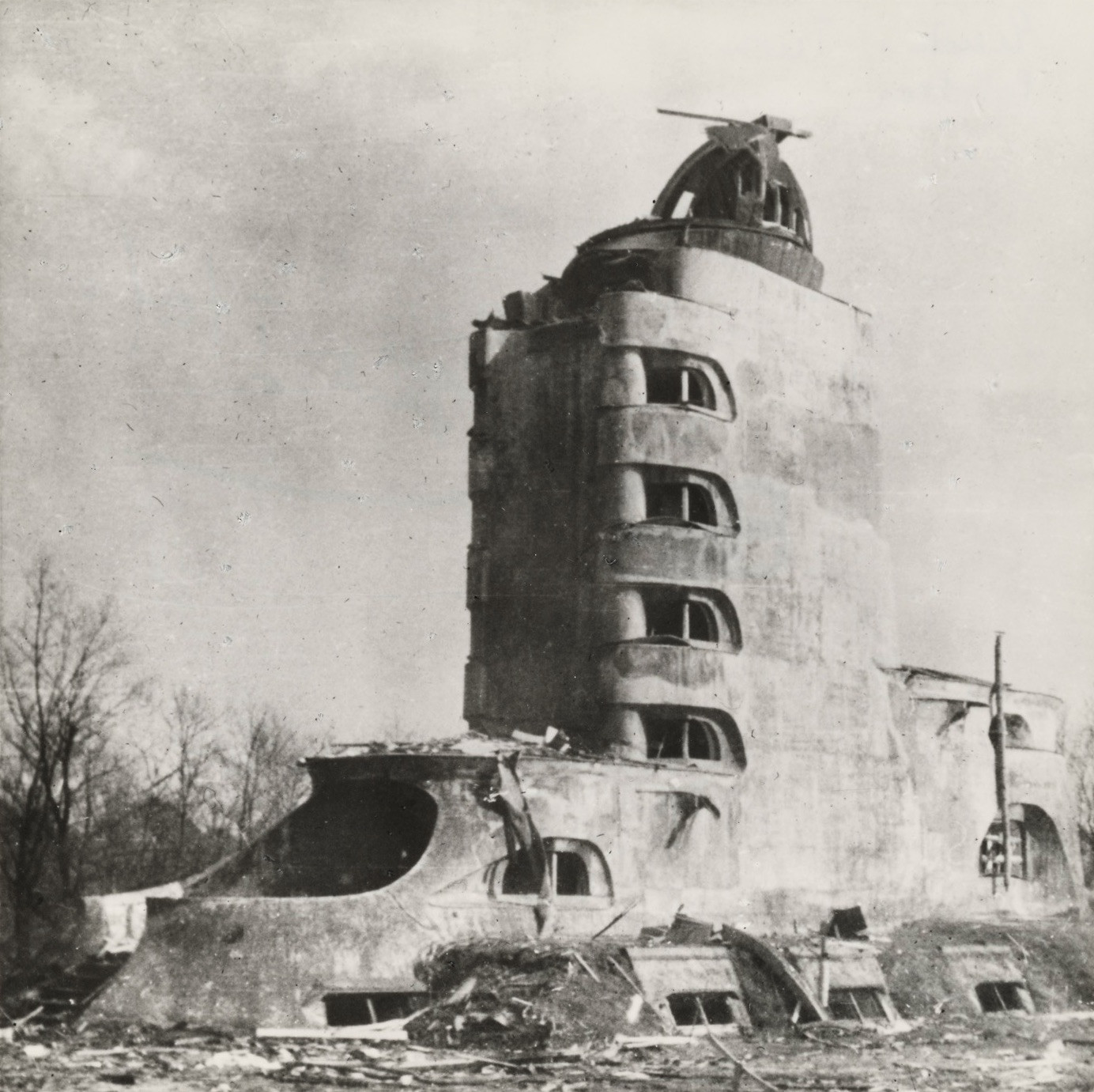
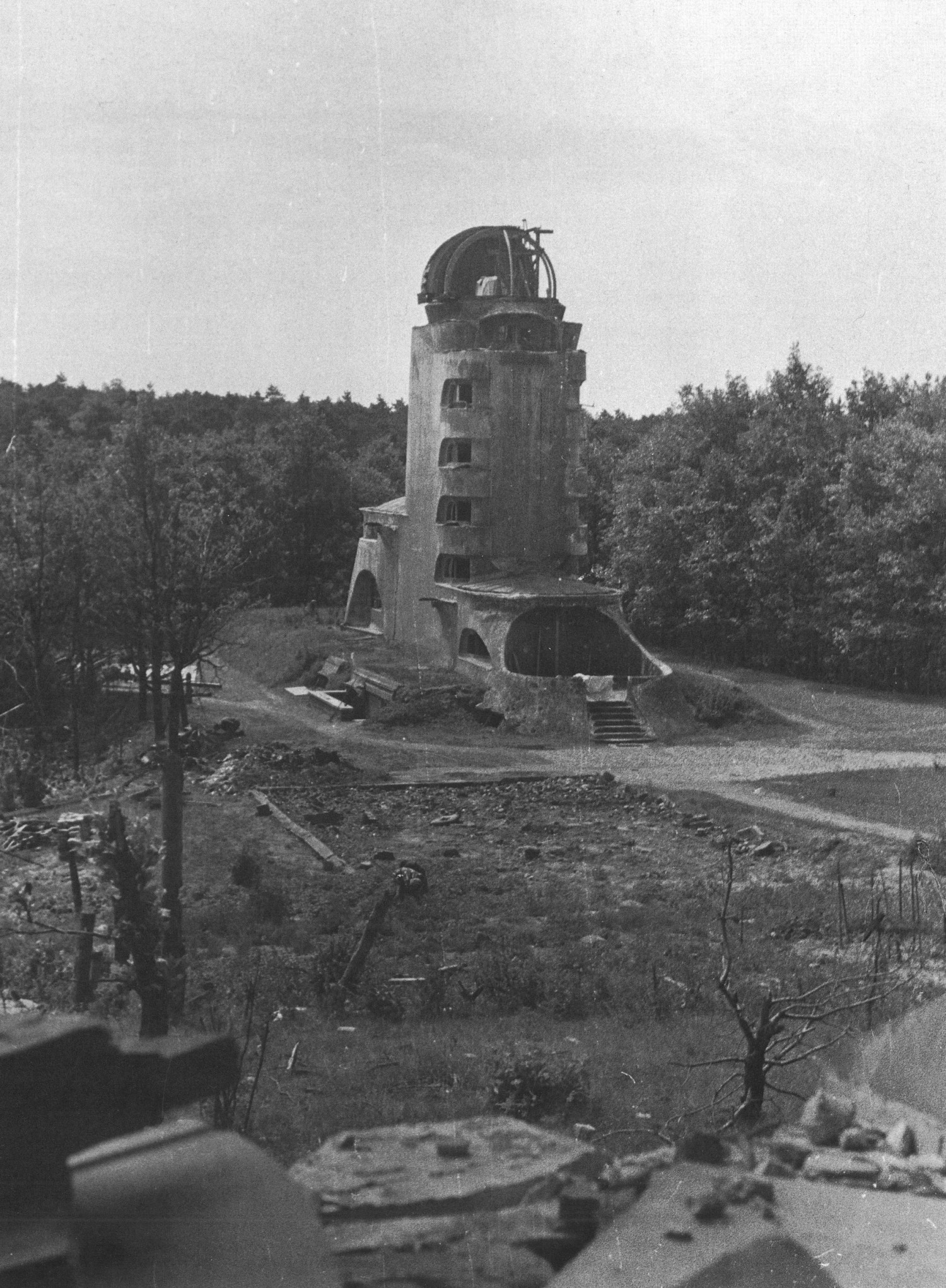
Improvised repairs were made to the dome at the end of the war, allowing work to be continued there in early October 1945. To mark the 250th anniversary in 1950 of what had become the Academy of Sciences of the German Democratic Republic, the building was thoroughly restored. It was probably at that time that the original terrace staircase was replaced by a new, plainer concrete staircase and the terrace was caulked. In addition, the facade, which was still blotched with remnants of the camouflage paint from the war, was painted an off-white tinged with yellow. A wax paint was used, as this was expected to have a water-repellent effect. A mere two years later, however, there was new evidence of damage to the render and damp infiltration in the walls.
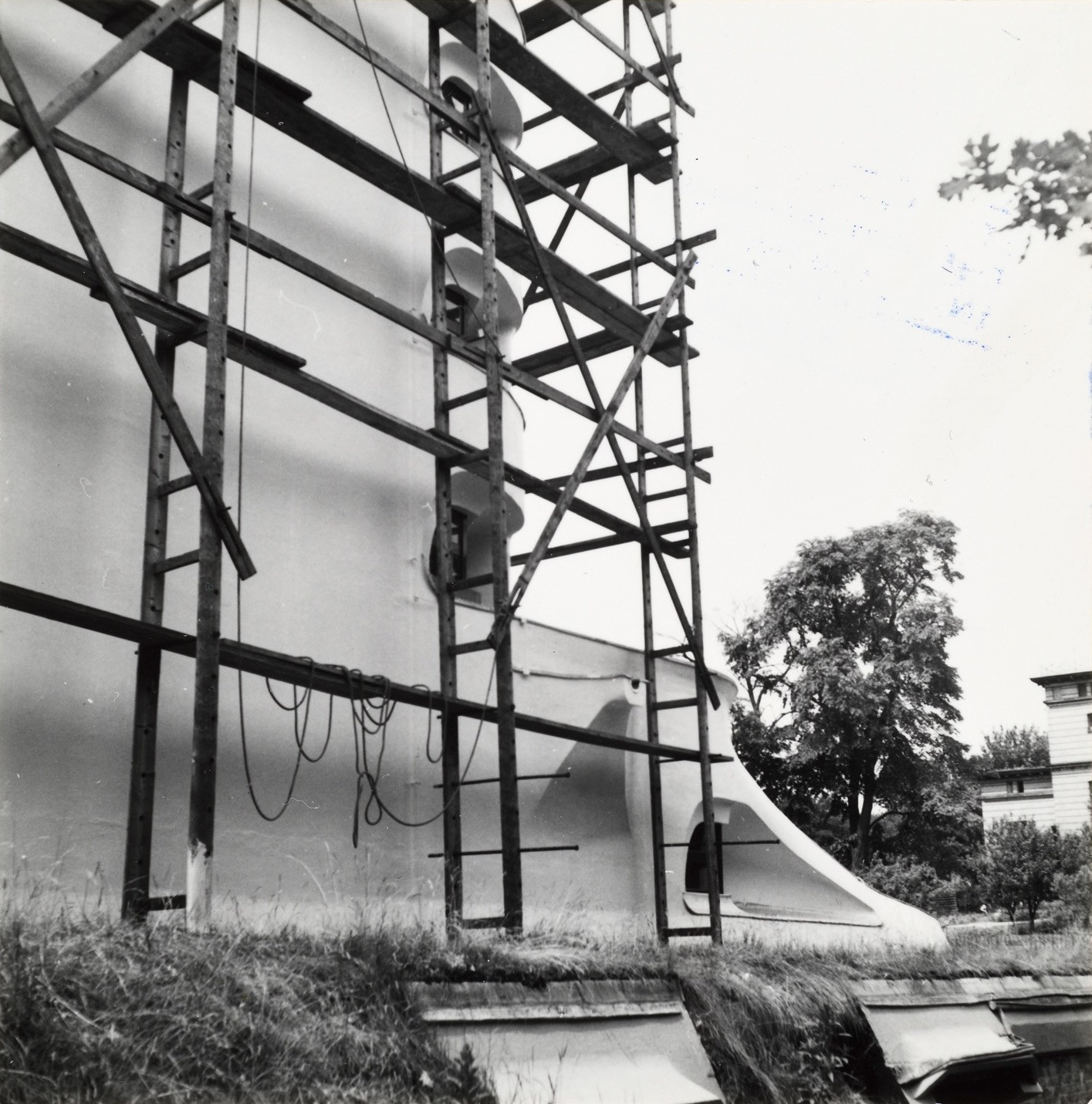
In 1952, the tower walls below the water spouts were slit open to a depth of 20 centimetres and a width of 25 centimetres to install a drainage system in the wall, rendering the water spouts useless. The slits caused cold bridges in the brickwork and, as a result, the work was undone as part of the restoration programme carried out between 1997 and 1999.
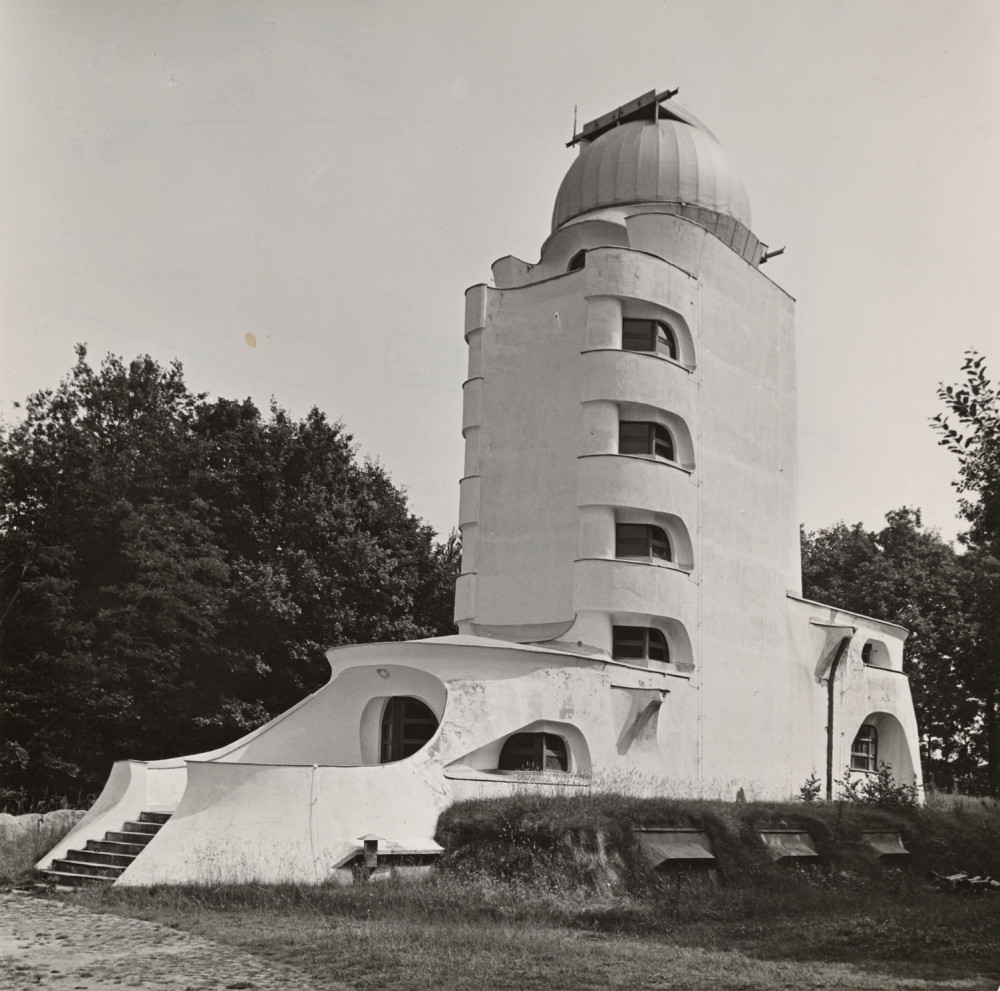
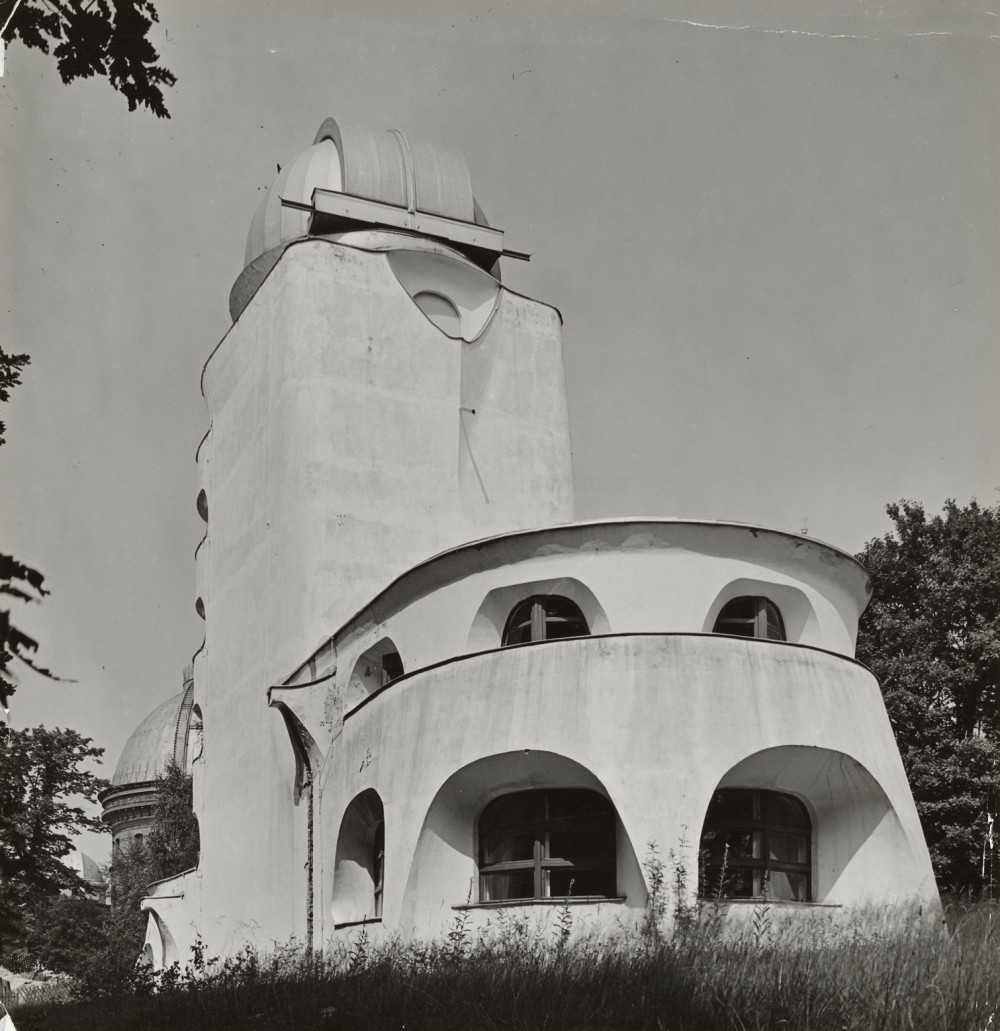
In 1953 a new dome was installed by Zeiss-Jena. In order to avoid excessive temperatures in the dome area that would cause inaccuracies in the measurements, the dome was given a coat of aluminium paint after being covered with a bituminous cardboard. At this time, the coelostat’sA celostat usually consists of two mirrors arranged in a way that a stationary telescope (e.g. a tower telescope) can be used to follow the motion of celestial bodies over the entire course of the day or night. silver mirrors were replaced with aluminium mirrors.
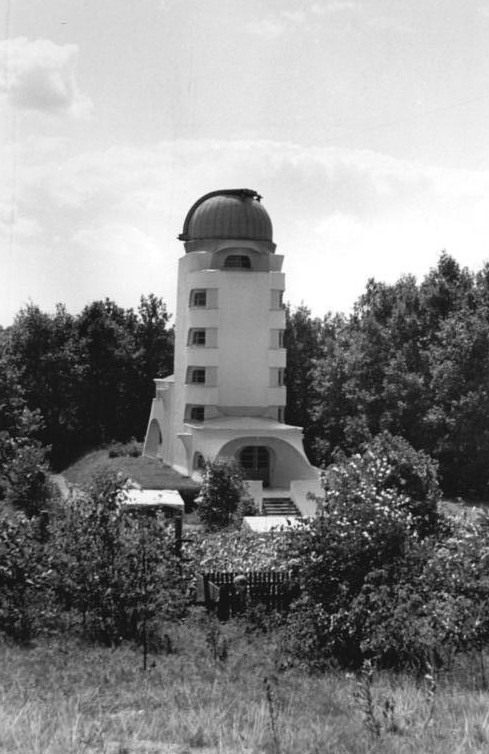
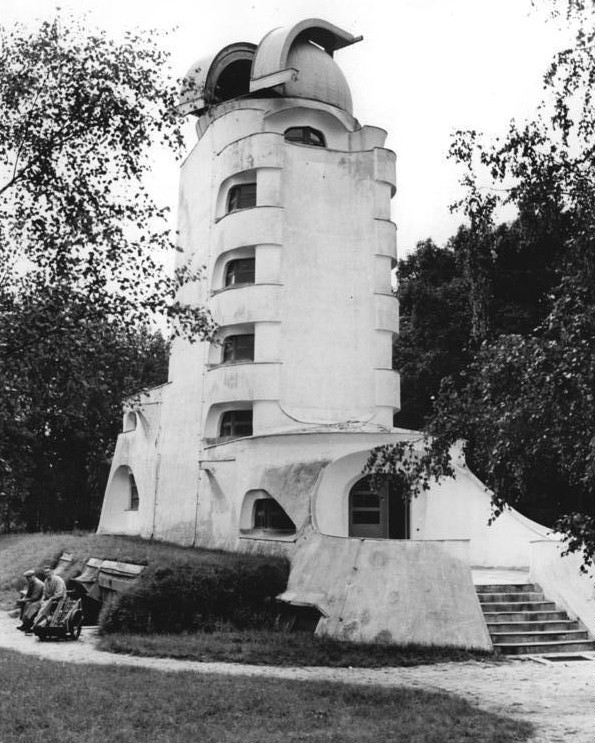
After a visit to Potsdam in August 1964, Louise MendelsohnLuise Mendelsohn, née Maas (1894–1980), studied cello in London, Leipzig, and Berlin. She met Erich Mendelsohn in 1910 and married him in 1915. Their daughter Marie Luise Esther was born in 1916. She abandoned her musical career and supported Erich when he started his own practice. Many of Erich’s jobs, including the commission for the Einstein Tower, can be traced back to the network Luise established. After the Mendelsohn family were forced out of Germany by the Nazis, Luise secured many new commissions for her husband. After Erich’s death, she organised his estate. reported that she had found the tower in immaculate condition, after its renovation, probably in the same year.
